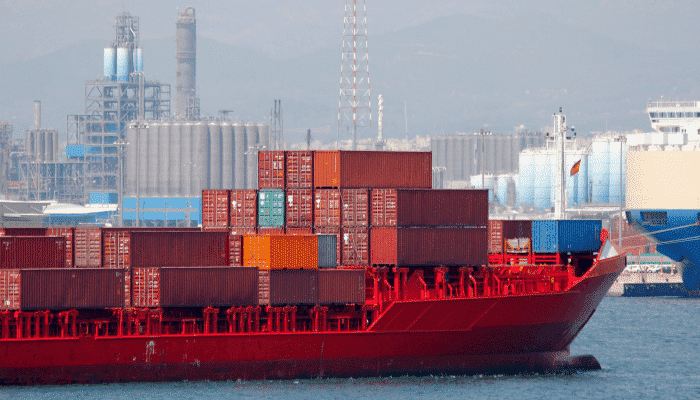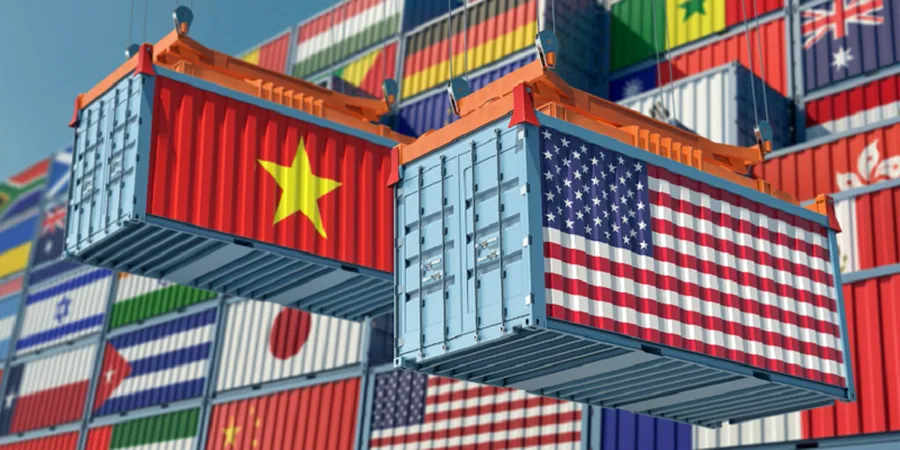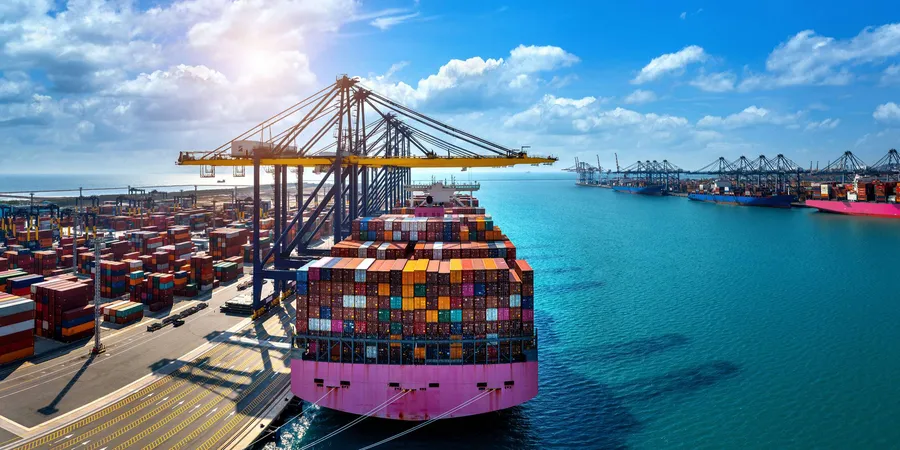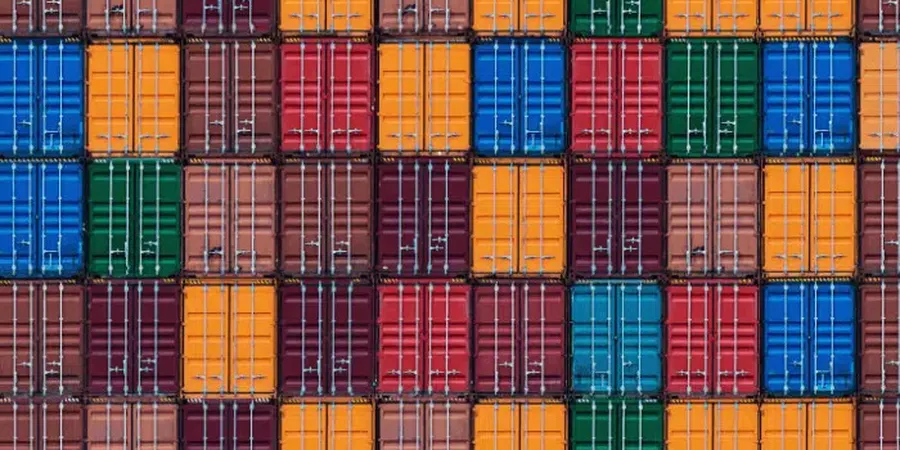What is a Logistics Cycle?
What is a logistics cycle? We know that logistics is all about the efficient coordination of activities involved in the procurement and redistribution of goods and materials.
What is a logistics cycle? We know that logistics is all about the efficient coordination of activities involved in the procurement and redistribution of goods and materials.
Logistics mainly comprises of but is not limited to procuring goods or materials, storing them, and redistributing to customers.
Trading activities of most business organizations across the world go through the logistics cycle. It may include various other ancillary activities such as transporting, packaging, packing, labelling, etc., to name a few.
Manufacturers, distributors, and their customers may have different logistics requirements.
The logistics cycle should be viewed as a complete list of activities from procurement of goods or materials to their final delivery to customers.
The following main activities form a logistics cycle:
- Procurement
- Transport and delivery
- Warehousing – receipt and storage
- Redistribution and reverse logistics
- Customer service
These activities have to be coordinated and handled with utmost care for the seamless transfer of goods between the seller and buyer.
Logistics organizations have to ensure that costs are kept at a minimum without sacrificing the quality of their service.
Increasing the customer base is the primary goal of any logistics organization. This is achieved by providing exceptional services at a reasonable cost while maintaining the profitability of the organization.
Let us look at the main components of a logistics cycle.
Components of a logistics cycle
Procurement
Securing or sourcing materials required to meet the demands of a business is called procurement. It could be raw materials for production or redistribution or finished goods for redistribution.
Procurement is sometimes treated as a separate function from logistics. But logistics experts have pointed out that it can often lead to supply chain disruptions in the form of resource shortages or wastage.
This results in higher costs to the organization. Running short of stocks as well as being overstocked are both harmful to an organization’s health.
Forecasting
Seasonality, economic fluctuations, or the activities of a competitor can be dealt with to a large extent through an effective forecasting system. Forecasting helps predict future sales or demand trends. The key parties to an effective forecasting system are the forecaster, the sales, and the market analysis teams.
Typically, forecasting involves the gathering of historical data and trends and also the current data. After careful analysis and planning, the appropriate numbers that are required to meet the future demands of the intended market are arrived at.
Several methods of forecasting tailored to meet the demands of the various business activities, using sophisticated software, are used today.
Purchase Order Processing
Generating a valid purchase order based on approved purchase order quantities taken from a forecast is called purchase order processing. This is normally done by the purchasing department of an organization.
Though purchase orders and related communication are sent online to a pre-approved seller these days, a printed and approved hard copy is usually kept for record by the purchasing organization.
What does a purchase order contain?
At the least, any purchase order should have the following details on it:
- Name and address of the buyer
- Name and address of the seller
- Description of goods being ordered
- Quantities of goods
- The agreed price of each
- Delivery details
- Payment terms
The purchase order number that is generated is used for the tracking of the goods until delivery and receipt.
Transport and Delivery
Once the above steps are complete and confirmed by the stakeholders, the next step is to arrange for the transport of the goods. It may be arranged either by the seller or the buyer depending on the pre-agreed trading terms.
Goods are sometimes consolidated.
Consolidation is the process of collecting small consignments from different suppliers spread over a specific region or area.
These small consignments are then packed in the appropriate number of shipping containers as full container loads (FCL) for shipping to the buyer’s destination. A consolidator may sometimes undertake consolidation for several buyers from the same location.
The mode of transport, packing and labelling instructions, and other such clauses have to be followed strictly by the party that arranges the transport. Selecting the right mode of transport and the right transporter is equally important.
Customs Clearance and Delivery
This is the stage when goods have arrived at the port of destination and are ready to be cleared by the customs. All the shipping documents have to be in place and they must be accurate to pass customs clearance. Once cleared, goods are moved from the port to the buyer’s warehouse or premises as agreed between the parties, using the appropriate transport.
Warehousing – Receipt and storage
Warehouses may be dry or temperature-controlled to suit the requirements of goods that are to be stored.
Typically, dry warehouses are used for the storage of goods and raw materials that do not deteriorate even in extreme temperatures or humidity conditions.
On the other hand, temperature-controlled warehouses are increasingly used to store perishable items, pharmaceutical drugs, and even certain types of electronics.
Inbound goods to the warehouse have to be received, identified accurately, and stored as inventory of the buyer.
They have to be accounted for in the receiving organization’s inventory systems and be made available for redistribution to customers.
Damages have to be correctly identified and put forth for claim from the seller or the insurance company.
Redistribution and Reverse Logistics
Purchase orders placed by customers of the logistics organization have to be processed and delivered to them. This includes picking the order quantities correctly, invoicing these items, and delivering by the agreed mode of transport, in the agreed time slot.
Typically, stored goods are picked following the FIFO (First-In, First-Out), FEFO (First-expiry, First-Out), or LIFO (Last-In, First-Out) methods.
Whether to pick FIFO, FEFO, or LIFO is a decision of the customer.
There may be other extra or value-added services involved here before delivery, such as labelling, special packing, etc.
Warehouses also provide the service of moving back any goods or packing materials from the buyer’s premises after delivery. This is known as reverse logistics.
It is normally done for the purpose of recycling these materials or, as in the case of goods returns.
Examples of reverse logistics are when empty beer kegs or used pallets and other packing materials are picked up from the customer by the dispatching logistics organization.
Goods may be returned by the customer when wrong items are delivered or in the case of damaged goods.
Customer Service
Customer service involves all those value-added services that are provided to the customer as part of an exceptional business experience. This mainly involves providing timely information and reporting on the movement of goods, addressing the customer’s concerns on quality, and other such details pertaining to the goods and services. In certain cases, reverse logistics, as mentioned above is treated as a part of customer service.
Government trade policies and regulations, technological developments in the field of energy and transportation, and environmental policies affect logistics activities to a large extent.
An organization’s logistics systems should be designed for the optimized movement of goods and the flow of information. Any deficits or drawbacks here should be addressed through strategic audits and redesign of the system.
These days, logistics companies invest in the latest software as well as hardware technologies to gain a competitive edge in the market. Besides, this often helps to reduce costs that can be passed on to the customer by way of cost reduction.
Enterprise Resource Planning (ERP) software help logistics organizations integrate their different departments and operations such as procurement, inventory, finance, etc.
Setting the right benchmarks and working towards reaching these levels further help in achieving the goals of the organization.
Proactive management that pays attention to these factors while employing best practices comes out as the winner in the competitive world of logistics.
Source: Marine Insight





